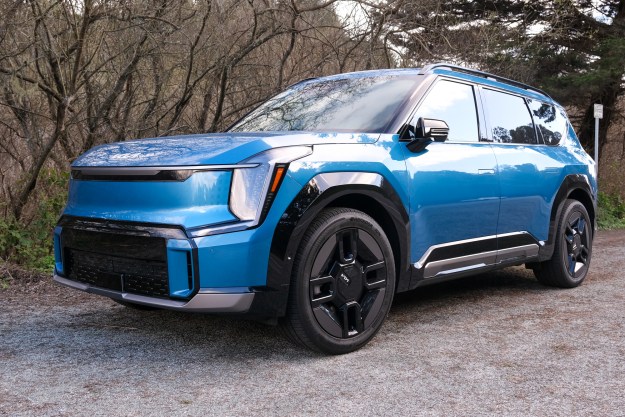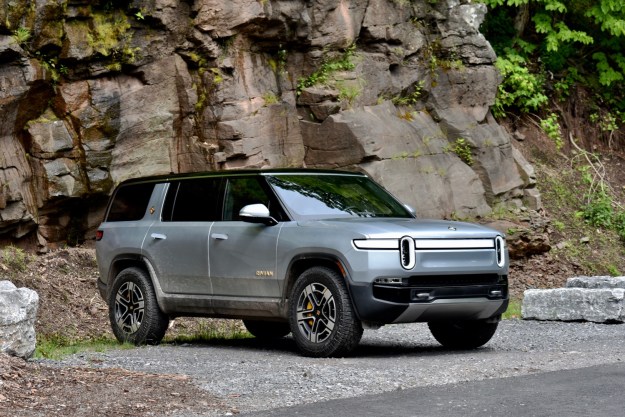Two of the manliest things I can think of are competitive cycling and the sound of the Jaguar F-TYPE R Coupe’s V8 exhaust bellows. Delightfully, the two have finally been combined into one stunning package.
If, in your head, you’re debating the masculinity of a sport that requires men with virtually no upper-body muscle to ride around France in spandex, think again. It takes a real man to ride – on a carbon fiber saddle – for eight hours, averaging 40 mph over hill and dale.
In order to make that manly pursuit even manlier, Jaguar has created the “Special Vehicle Operations Builds F-TYPE Concept”. Built for Team Sky, the F-TYPE R Coupe will support riders during the Tour’s July, Saturday 26th time trial (TT).
This black-and-blue Jag is more than an F-TYPE R with special graphics – though, it has those, too. It’s also been fitted with “a new racking solution, which carries two of the team’s Pinarello Bolide TT bikes.”
If that weren’t enough to satiate the needs of Team Sky, the Jag has also been fitted modified to include an additional power supply in the trunk area for charging of the team’s radios, amplifiers, microphones, horns and televisions, which support communications between Team Sky’s Sports Director and the rider.
Also, Jag’s designers have carried in the black with blue racing stripe color scheme into the stunning cabin. There, occupants will find a mostly black interior, accented by bright blue on the seats and bits of the dash.
I am a big fan of cycling, the Tour and of Jag. So, to say this car connects on all sprockets for me would be A.) a really lame joke and B.) and understatement.
So, cheers, Jag. Thanks for finding a way to make me lust after the F-TYPE R Coupe just that much more.
Editors' Recommendations
- 2021 Jaguar F-Type sports car gets a new face and more tech
- 800 miles in an F-Pace SVR and 8 miles in an I-Pace shows Jaguar’s split personality


